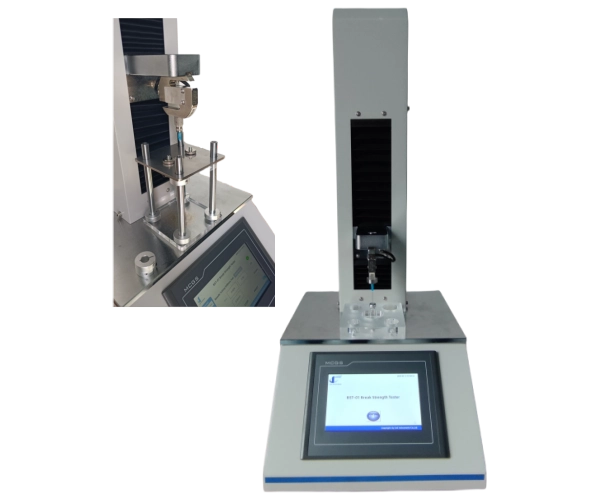Ready to Optimize Puncture Testing Process?
See how our puncture testing solutions have helped companies across different sectors improve their product quality and comply with standards.
Phone
+86 1856001 3985
marketing@celtec.cn
Address
No. 5577 Gongyebei Rd., Licheng District. Jinan, Shandong, China

